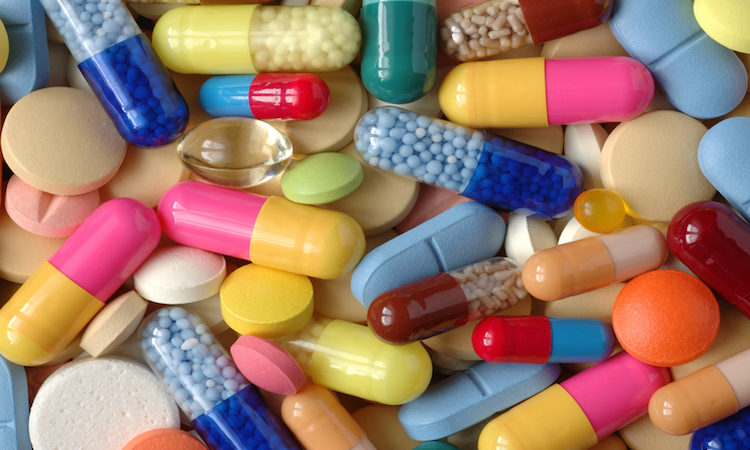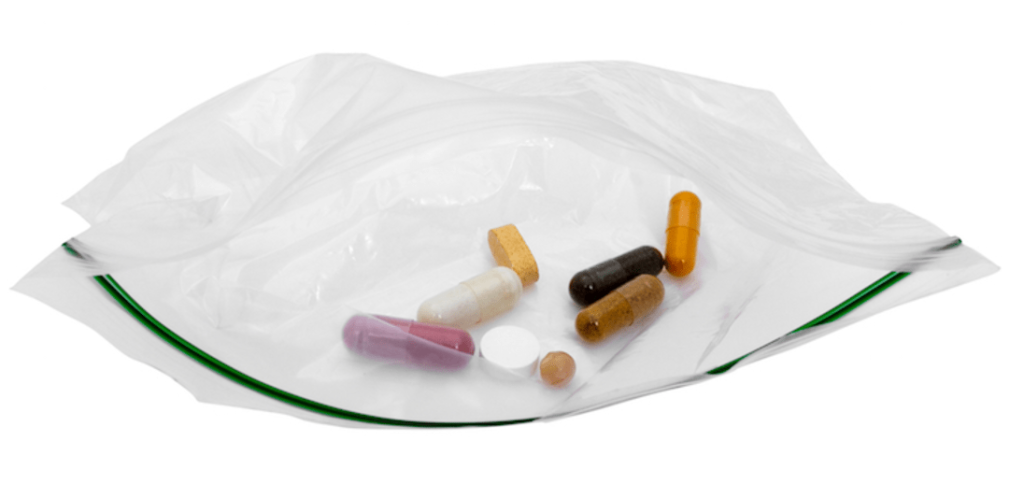Fighting Counterfeit Pharmaceuticals Packaging with Innovation
October 18, 2016

We’re all about innovative packaging here at Ernest. And we’re always up for a good challenge—whether it’s to make a product shine on the shelves, decrease breakage or increase sustainability. We get pumped up for each new challenge and sometimes even create our own just to stay on top of our game.
Even though we serve just about every industry imaginable, one area where we stand out in a difficult market is pharma packaging. Packaging for pharma may pose many similar challenges as packaging other products, but the stakes are much higher and are often literally life and death situations.
Challenge of Pharmaceuticals Packaging
Pharmaceutical packaging is highly focused on creating tamper-proof and child-resistant packaging. But even counterfeit operations can mimic these packaging trades and give the illusion of a legit product. The big hurdle comes not from the engineering of package design, but from creating packaging that stands out from counterfeiting operations—which rack up $75 billion in estimated annual losses.
It’s not just profit threats that impact the industry. The CDC says that between 10% and 30% of pharmaceuticals in circulation in developing countries are counterfeit, which wreaks havoc on their economies and safety of their populations. In addition to counterfeiting in stores, there is the issue of e-commerce sales of counterfeits.
Ultimately, counterfeits pharmaceuticals hurt end users the most. They are the people taking medicine to help fight disease and get healthy, so counterfeit drugs cause be a life-or-death situation. That is why the industry is constantly pushing for tagging pharma products from manufacturer to end user.
“One thing we face is the consumerization of pharmaceuticals online. That is, consumers are used to fast, convenient, two-day shipping for products they buy online like TVs, clothes, glassware, or whatever,” says Greg Feinberg, President & CEO of Aisle 9 Group, branding expert and Ernest Packaging Partner. “They want medicine the same way; they want it on-demand, but it also needs to be safe, secure and legitimate.”
Tools to Fight Counterfeits
Microtext, UV stamps, embossing, holograms and other security elements are all weapons in the packaging arsenal, but as mentioned before, are easy to mimic with simple machinery. So, what you are left with is good old fashioned engineering and design. After all, unique packaging not only helps you stand out, it is also harder to replicate and counterfeit.
All products—especially pharma and medical ones—need to express their branding and police it. Generic black ink won’t cut it when it comes to protecting your customers against counterfeit. It requires close monitoring of branding, including colors and package design, across all medium.
This, of course, assumes that you have consistent packaging, colors, designs, logos—and is well designed. The CDC makes a point of noting buyers should be wary of poor packaging:
“Look closely at the packaging. Sometimes poor-quality printing or otherwise strange-looking packaging will indicate a counterfeit product.”

Not Pictured: Trusted Packaging
All manufacturers, not just pharma, should be looking to up their anti-counterfeiting and packaging game. Gaining consumer trust is vital in all industries and counterfeiting undermines the brand equity you have built. That is why you need a true professional with years of experience on your side. So give Ernest Packaging Solutions a call today and start fighting counterfeits today!


